‘Art Exposed’: Julian Spalding on everything that’s wrong with the art world
In ‘Art Exposed’, Julian Spalding draws on his 40 years in the art world – as a museum director, curator, and critic – for his series of essays
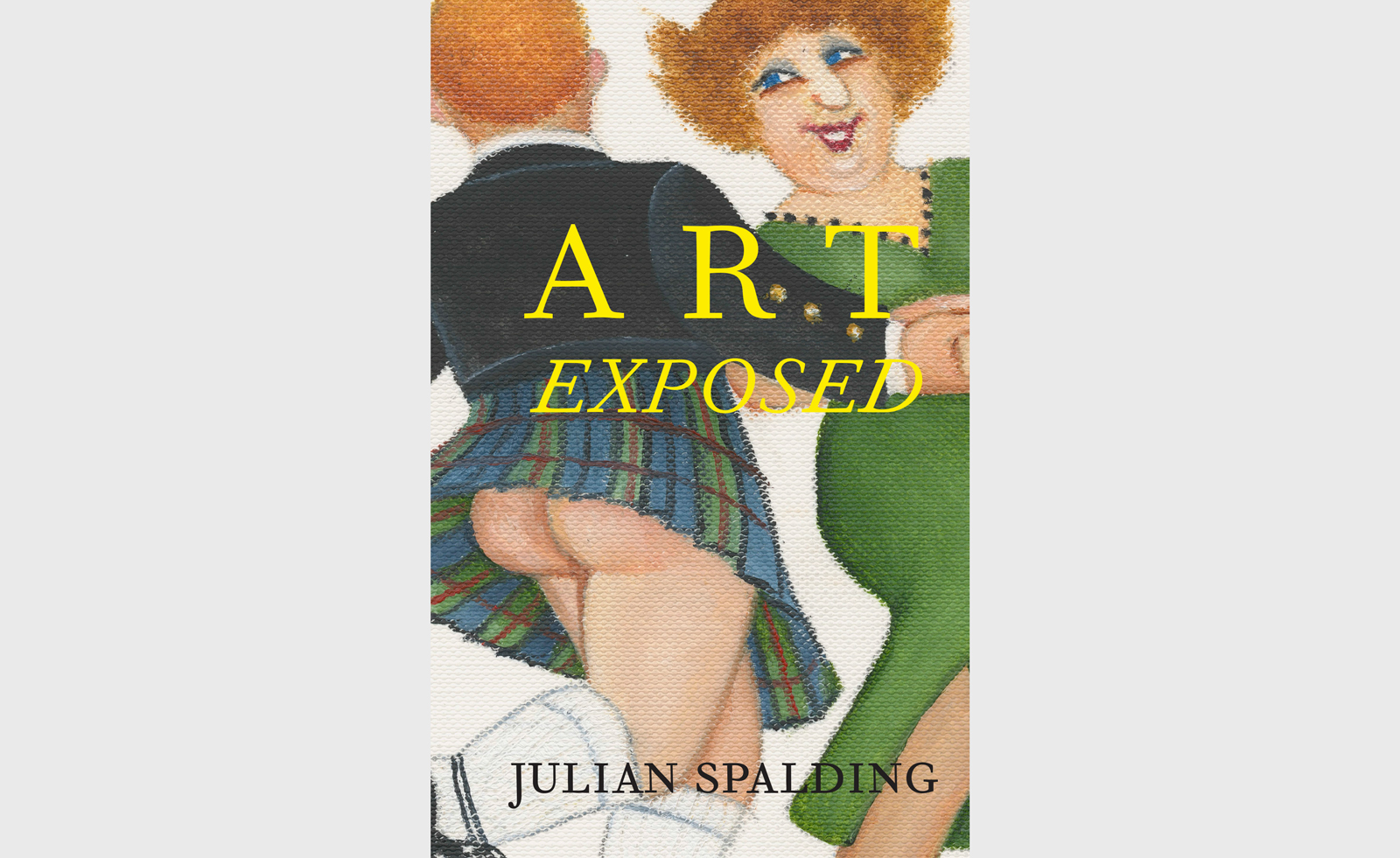
Art Exposed by Julian Spalding is a collection of essays and memoirs of his 40 years as a museum director, curator, critic and writer – a period in which he helped spearhead the resistance to the cult of conceptual art. ‘It’s non-art, it’s con-art,’ says Spalding on the phone. ’The idea that anything can be a work of art just because an artist says so is just nonsense.’
Spalding began his museum career in 1970 as assistant keeper at the DLI Museum and Arts Centre in Durham, UK, and subsequently became the director of award-winning public art galleries for the cities of Sheffield, Manchester and Glasgow. A series of standalone essays arranged in alphabetical order, Art Exposed celebrates the art that Spalding loves – Aboriginal art (‘40,000 years of abstraction’), critically unacclaimed artists such as Beryl Cook, Mandy McCartin and Jean Tinguely – while leaving plenty leftover for encounters with Queen Elizabeth II, Margaret Thatcher, David Bowie, Jacques Chirac and, most importantly, the art and art-world figures to which he is opposed. Chief amongst them are the two men he holds most culpable for the cult of conceptual art: Sir Nicholas Serota, former director of the Tate Modern, and the artist Marcel Duchamp.
‘It’s non-art, it’s con-art’
Julian Spalding on conceptual art
This is his sixth book, and Spalding possesses a novelist's eye for characterisation (or assassination depending on your point of view). A description of Serota – ‘An odd man to look at, more bone than flesh, tall, thin and vertical. The only horizontal line in him is the closed aperture in his mouth, which is thin-lipped and straight’ – seems a bit personal, because it is; Spalding can’t stand him. Both were interviewed for the Tate Modern role, a job that the working-class Spalding believes he did not get in part due to an establishment stitch-up (Serota is the son of a Labour peer). Their professional rivalry tells us a lot about class privilege, nepotism, commerce and art in the UK, at odds with the groovy creative egalitarianism promised by Cool Britannia in the 1990s. But it’s Serota’s belief in Duchamp and conceptualism that really rankles Spalding. ‘He chose the wrong art, chose the wrong building, and stayed far too long’, is Spalding’s final, damning verdict.
Perhaps the most important essay from an art historical perspective contains the assertion that Marcel Duchamp, the father of conceptual art, was not responsible for his most famous work, The Fountain (1917). Research by Glyn Thompson, a former lecturer in art history at Leeds University, proposes that the upside-down urinal, and what Spalding calls ‘the foundation stone of conceptual art’, was stolen by Duchamp from the German Dada artist Elsa von Freytag-Loringhoven. Even worse, the essay continues, Duchamp robbed the original of its feminist symbolism, anger and wit. ‘Elsa’s urinal is the first great pacifist, feminist work of art in the world, and a big attack on male domination and male belligerence,’ says Spalding. ‘It’s so interesting and has so many dimensions.’ Spalding hopes that this view will eventually become common knowledge in the art world – both he and Thompson have campaigned to have museums, including the Tate Modern relabel The Fountain – and lead to a total reappraisal of conceptual art.
So what should replace it? ‘Curators have to look freshly and independently,’ says Spalding. ‘They need to be a different voice from the market, but it's all been tied to the market as well as being tied to the wrong concept of what art is. It's resulted in a sort of fake religion that you can’t criticise and I think that’s wrong.’ They could start by having a look at some of the unheralded artists profiled in Art Exposed.
Art Exposed, by Julian Spalding, published by Pallas Athene Books, £15.55 from amazon.co.uk
Receive our daily digest of inspiration, escapism and design stories from around the world direct to your inbox.
Alfred Tong is a writer and journalist with a specialist interest in men’s fashion, pop culture and art. He has contributed extensively to GQ and Soho House and consults across a range of fashion and luxury brands.
-
 A compact Scottish home is a 'sunny place,' nestled into its thriving orchard setting
A compact Scottish home is a 'sunny place,' nestled into its thriving orchard settingGrianan (Gaelic for 'sunny place') is a single-storey Scottish home by Cameron Webster Architects set in rural Stirlingshire
-
 7 colours that will define 2026, from rich gold to glacier blue
7 colours that will define 2026, from rich gold to glacier blueThese moody hues, versatile neutrals and vivid shades will shape the new year, according to trend forecasters
-
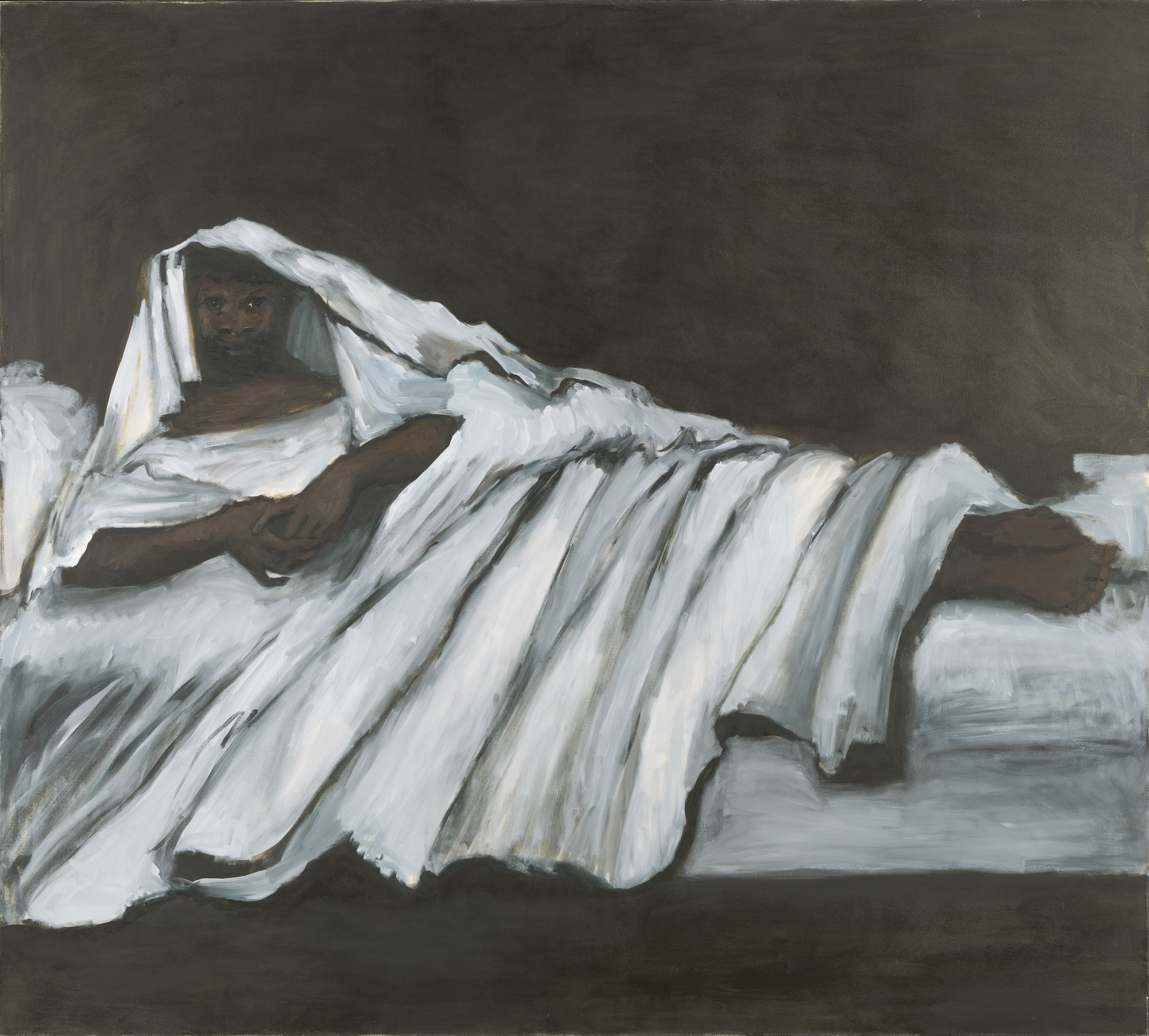 In Norway, discover 1000 years of Queer expression in Islamic Art
In Norway, discover 1000 years of Queer expression in Islamic Art'Deviant Ornaments' at the National Museum of Norway examines the far-reaching history of Queer art
-
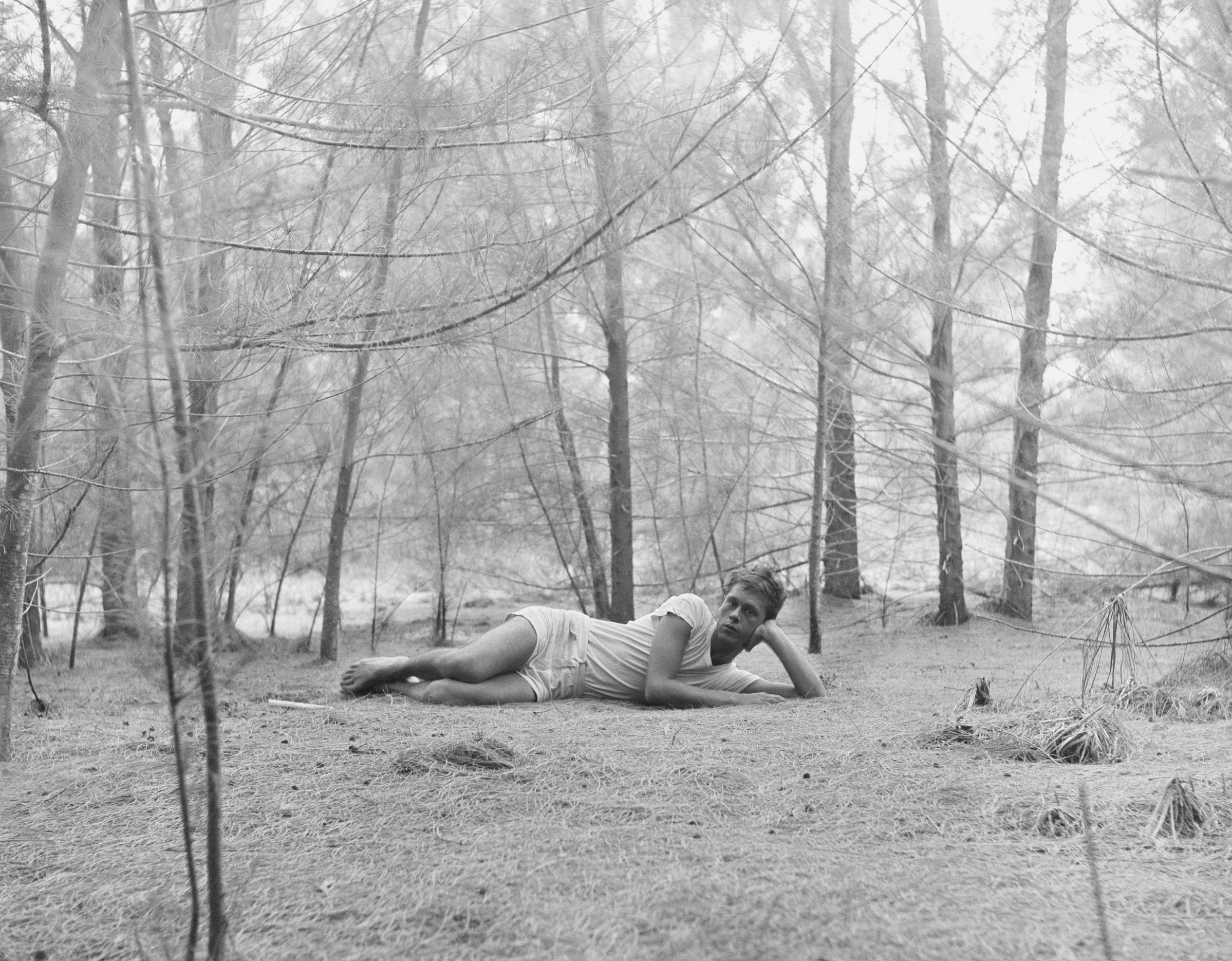 Inside the seductive and mischievous relationship between Paul Thek and Peter Hujar
Inside the seductive and mischievous relationship between Paul Thek and Peter HujarUntil now, little has been known about the deep friendship between artist Thek and photographer Hujar, something set to change with the release of their previously unpublished letters and photographs
-
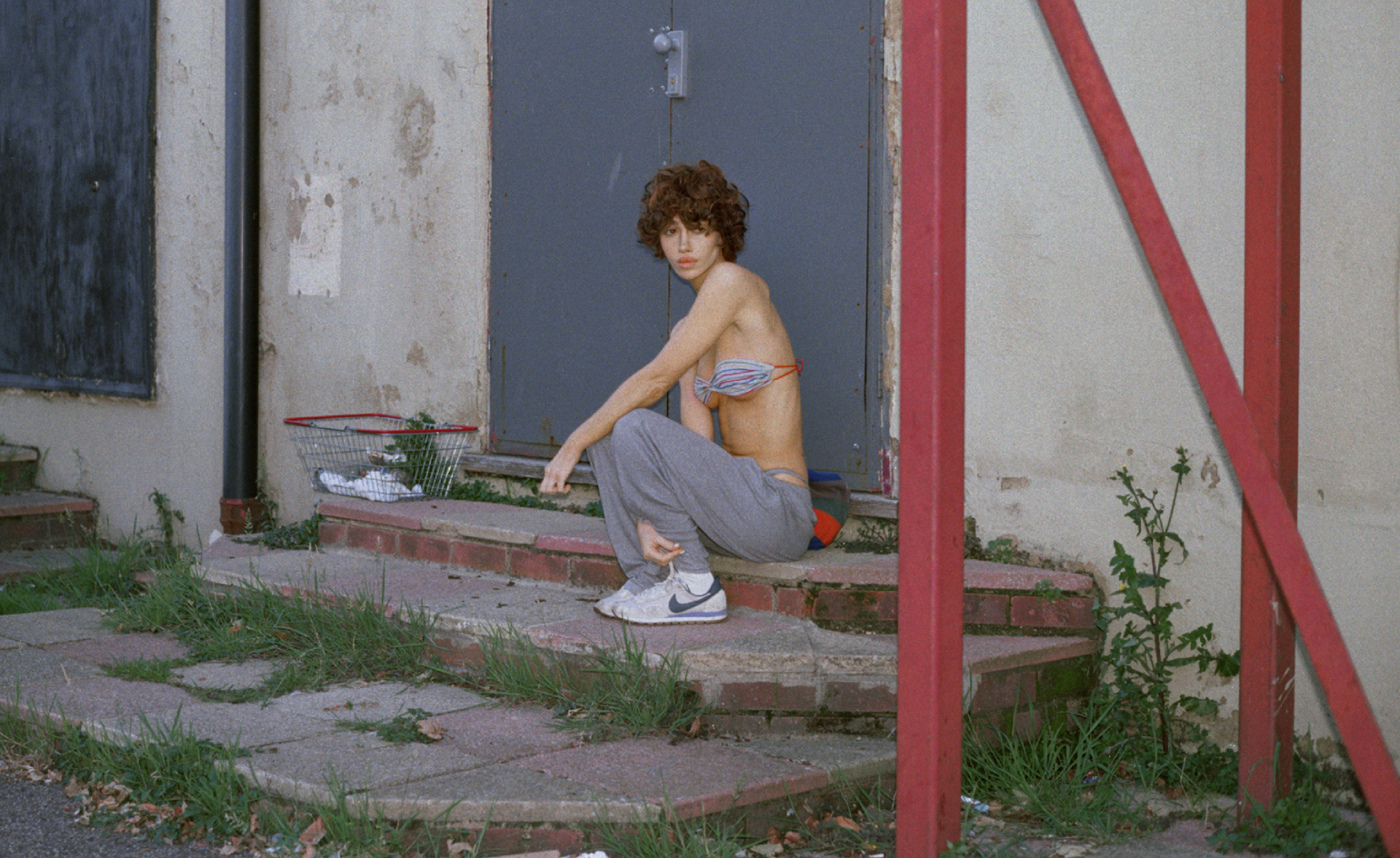 Nadia Lee Cohen distils a distant American memory into an unflinching new photo book
Nadia Lee Cohen distils a distant American memory into an unflinching new photo book‘Holy Ohio’ documents the British photographer and filmmaker’s personal journey as she reconnects with distant family and her earliest American memories
-
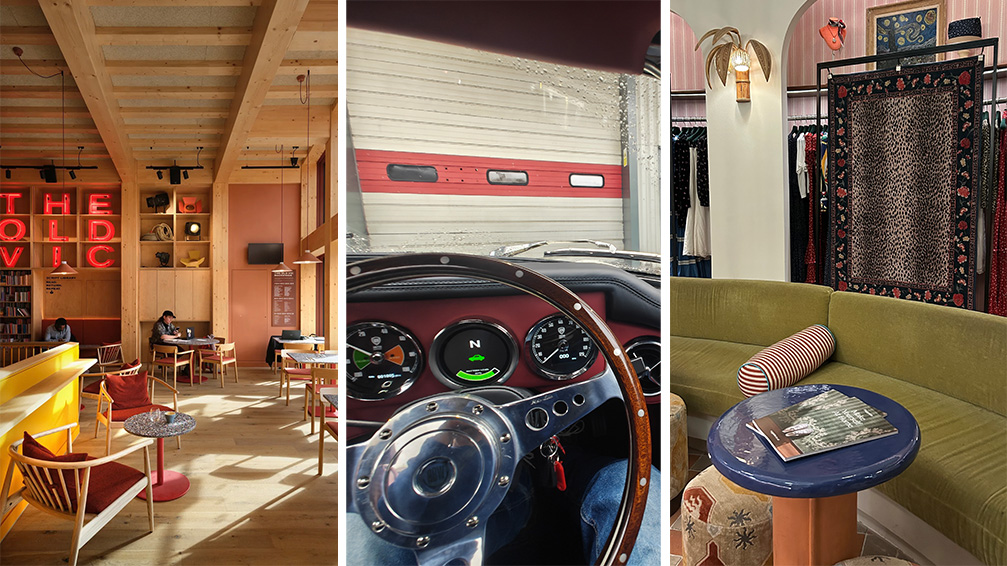 Out of office: The Wallpaper* editors’ picks of the week
Out of office: The Wallpaper* editors’ picks of the weekThe rain is falling, the nights are closing in, and it’s still a bit too early to get excited for Christmas, but this week, the Wallpaper* team brought warmth to the gloom with cosy interiors, good books, and a Hebridean dram
-
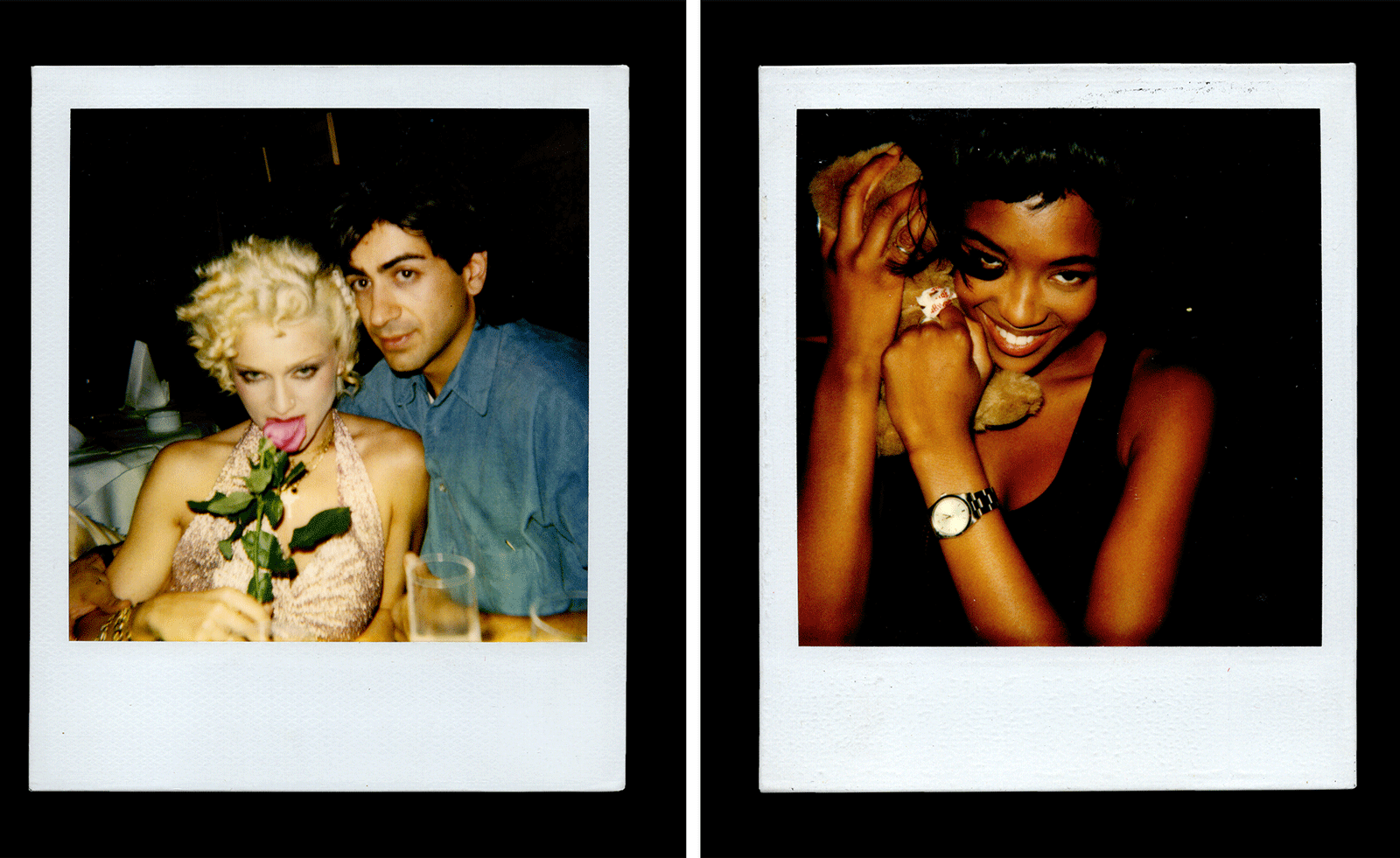 Inside Davé, Polaroids from a little-known Paris hotspot where the A-list played
Inside Davé, Polaroids from a little-known Paris hotspot where the A-list playedChinese restaurant Davé drew in A-list celebrities for three decades. What happened behind closed doors? A new book of Polaroids looks back
-
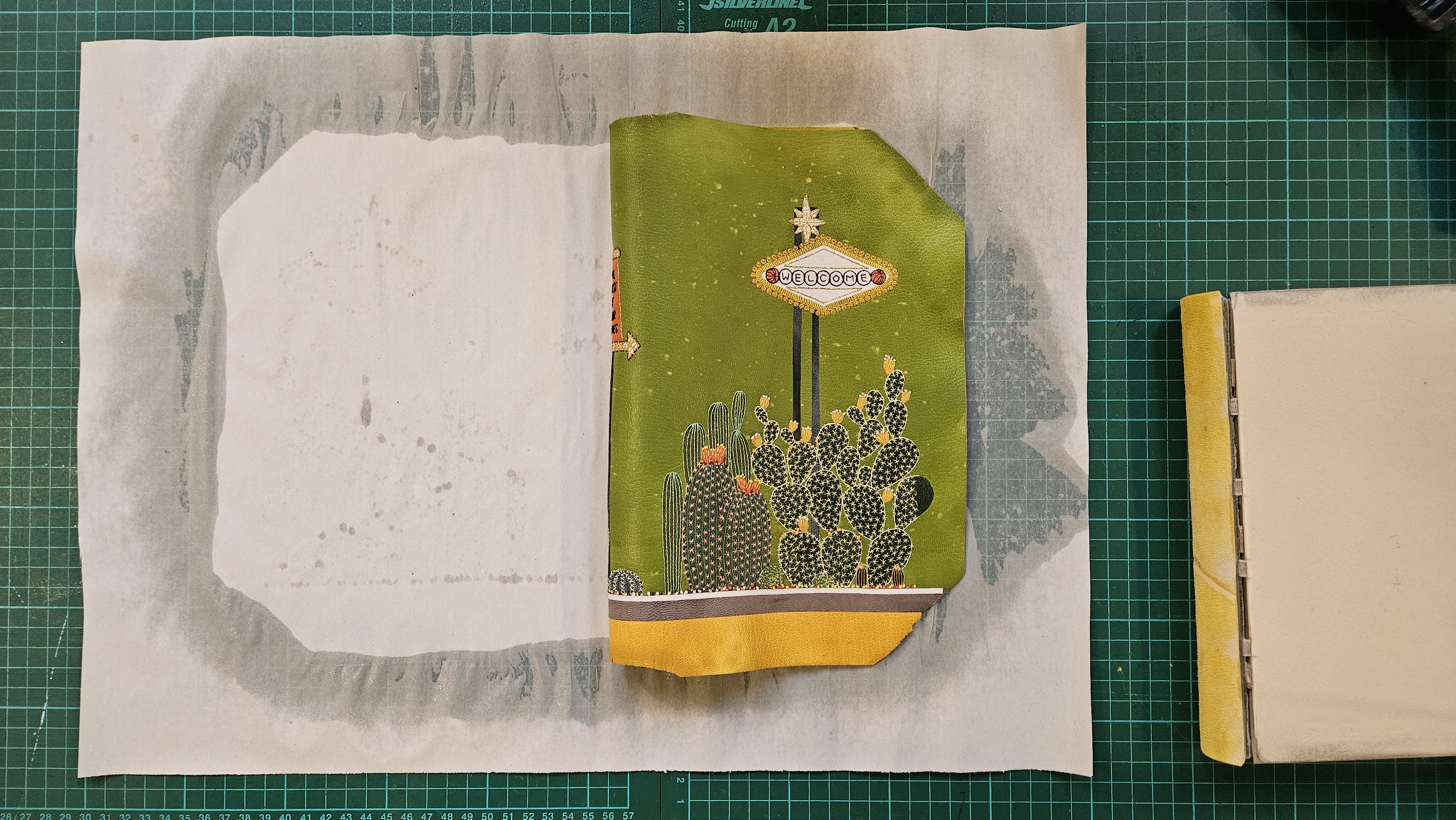 Inside the process of creating the one-of-a-kind book edition gifted to the Booker Prize shortlisted authors
Inside the process of creating the one-of-a-kind book edition gifted to the Booker Prize shortlisted authorsFor over 30 years each work on the Booker Prize shortlist are assigned an artisan bookbinder to produce a one-off edition for the author. We meet one of the artists behind this year’s creations
-
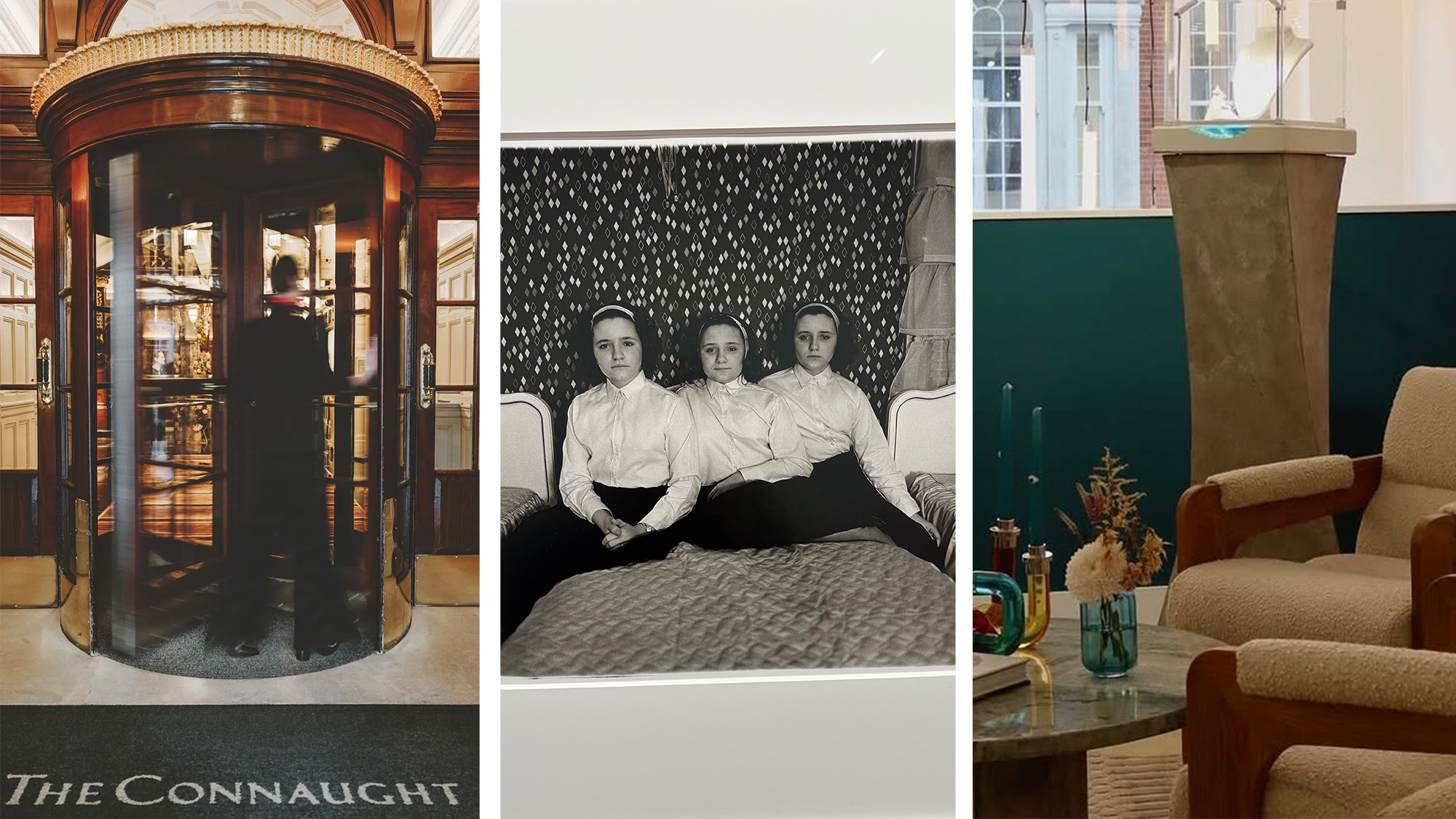 Out of office: The Wallpaper* editors’ picks of the week
Out of office: The Wallpaper* editors’ picks of the weekThis week, the Wallpaper* editors curated a diverse mix of experiences, from meeting diamond entrepreneurs and exploring perfume exhibitions to indulging in the the spectacle of a Middle Eastern Christmas
-
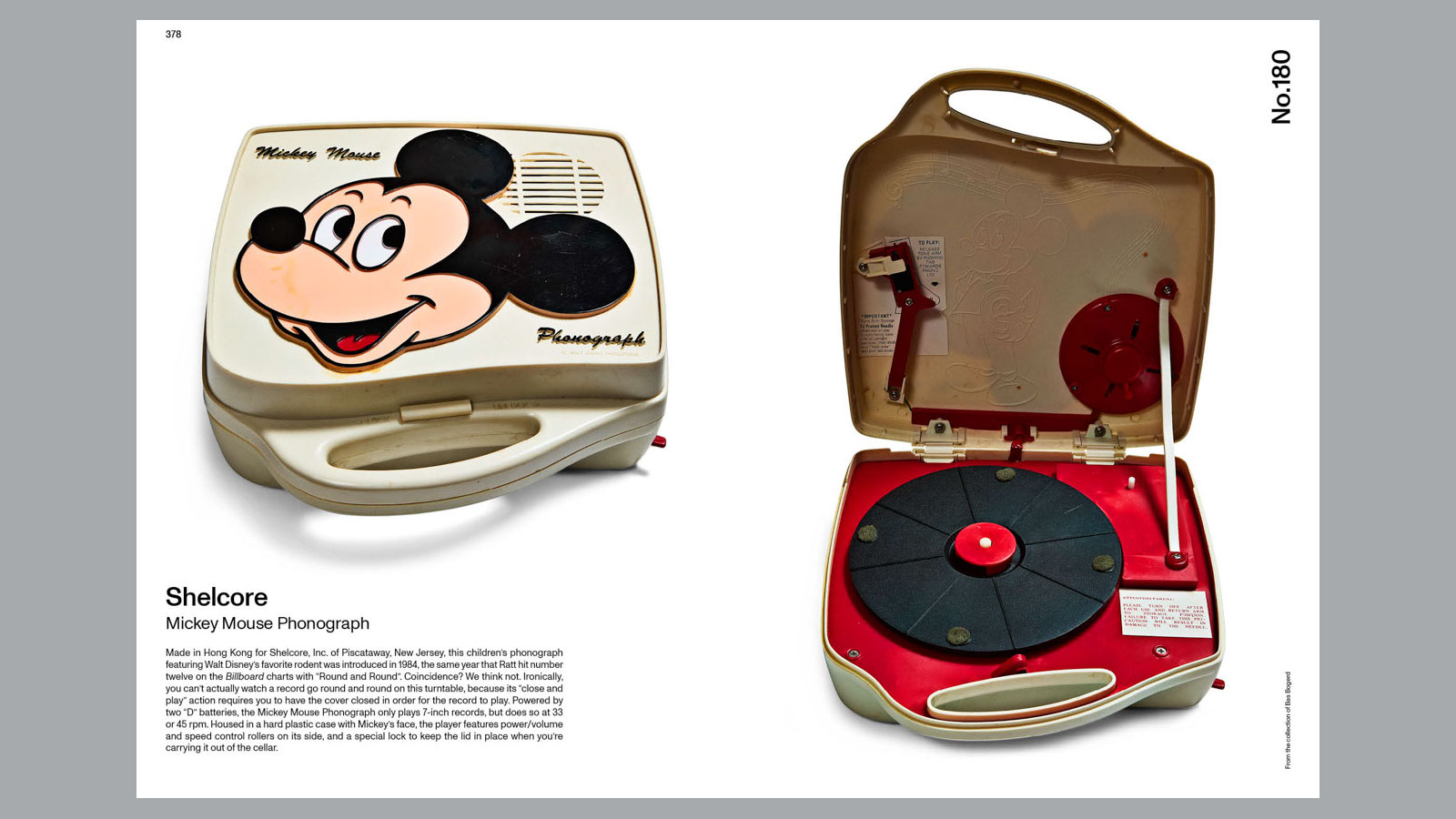 14 of the best new books for music buffs
14 of the best new books for music buffsFrom music-making tech to NME cover stars, portable turntables and the story behind industry legends – new books about the culture and craft of recorded sound
-
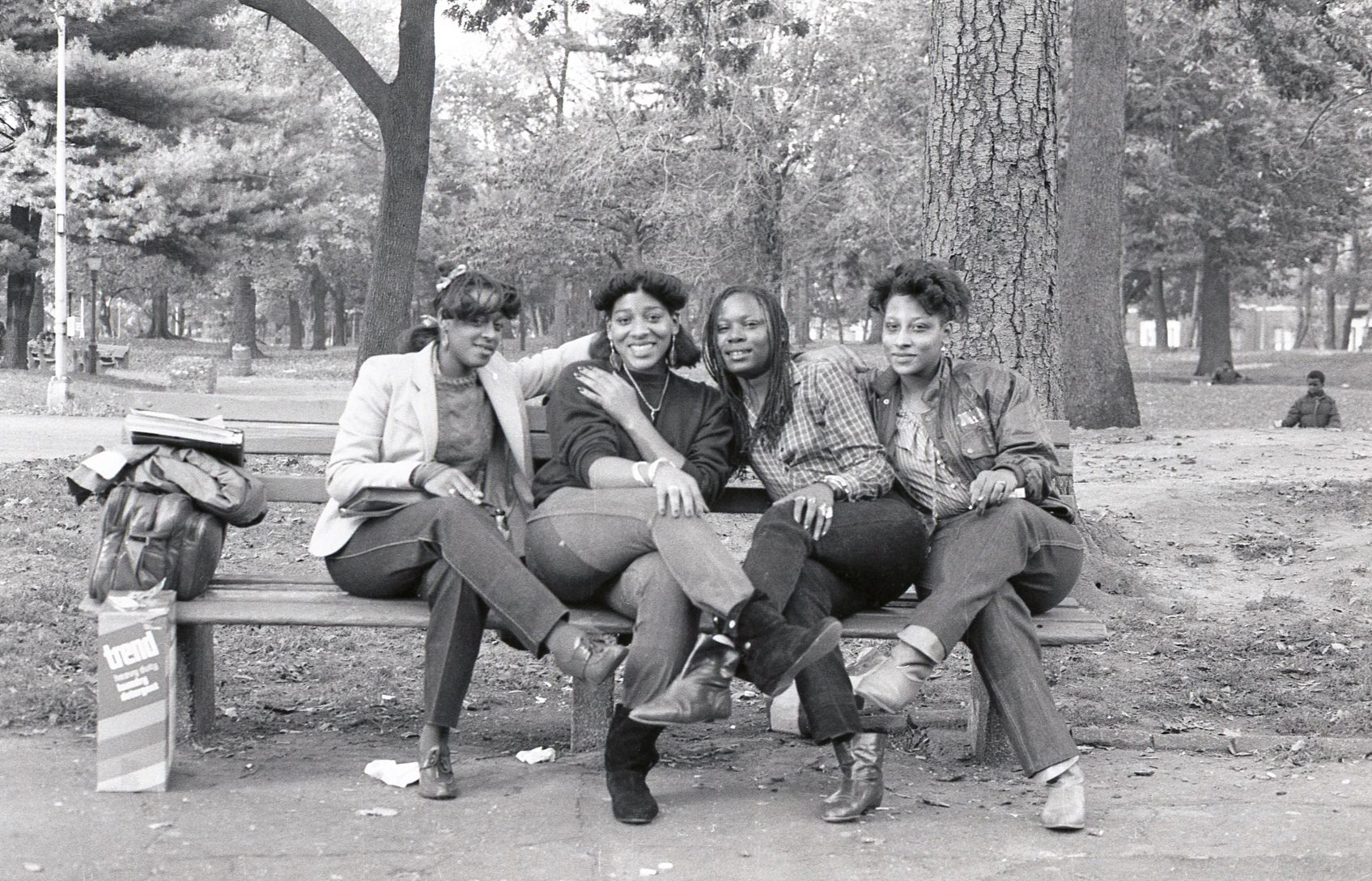 Jamel Shabazz’s photographs are a love letter to Prospect Park
Jamel Shabazz’s photographs are a love letter to Prospect ParkIn a new book, ‘Prospect Park: Photographs of a Brooklyn Oasis, 1980 to 2025’, Jamel Shabazz discovers a warmer side of human nature